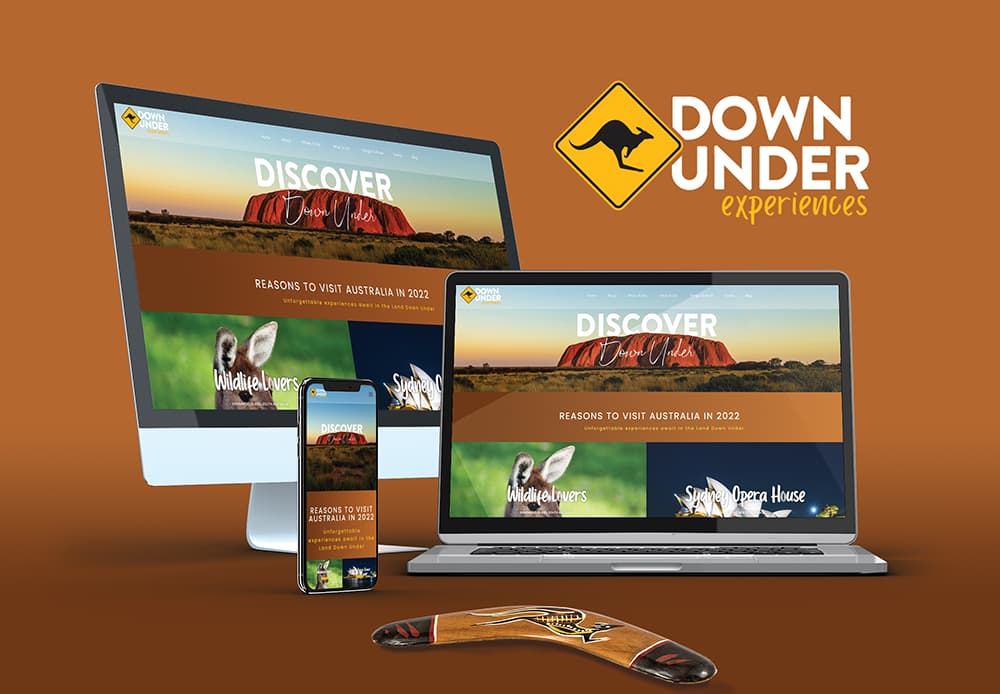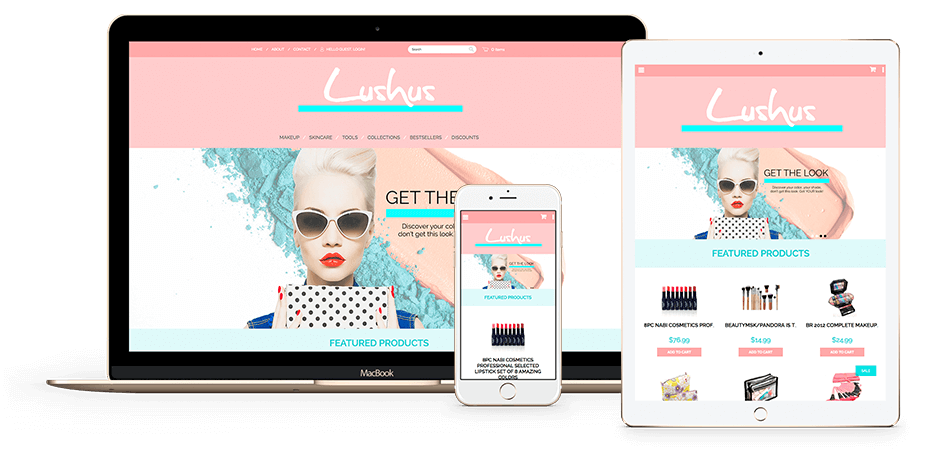How to Improve Your Website Design for Better Conversion Rates
How to Improve Your Website Design for Better Conversion Rates
Blog Article
Modern Internet Site Design That Catches Interest and Converts
In a progressively digital landscape, modern website style has actually emerged as a crucial factor in capturing user interest and driving conversions. As we explore these necessary parts, it comes to be clear that recognizing their interaction can dramatically influence a website's efficiency and customer fulfillment.
Relevance of Visual Power Structure
Aesthetic hierarchy is an essential aspect in web site style, as it overviews users' focus and enhances their total experience. By strategically organizing material, designers can guide individuals to one of the most essential details initially, consequently enhancing engagement and boosting usability. Efficient visual power structure employs numerous techniques, consisting of dimension, color, spacing, and comparison. Bigger elements normally attract the eye, while contrasting colors can highlight vital messages, making them stick out amongst even more restrained components.
Including a rational circulation in web content plan is crucial; for circumstances, placing the most important information at the top of a web page cultivates immediate acknowledgment. Additionally, constant use typography, such as differing font dimensions and designs, helps establish a clear content structure. This company not only aids in navigation but likewise builds count on, as individuals really feel more comfy when they can conveniently locate what they are trying to find.
Inevitably, a well-executed aesthetic power structure not just enhances aesthetic allure but additionally considerably affects customer behavior. By prioritizing essential elements and making sure a seamless experience, designers can successfully convert site visitors into customers, reinforcing the importance of this fundamental design concept in contemporary site development.
Responsive Design for All Tools
Creating a smooth experience throughout various gadgets is important in today's digital landscape, where customers accessibility internet sites from tablet computers, smart devices, and desktops alike. Responsive layout is a crucial approach that makes sure internet sites adapt fluidly to different screen resolutions, alignments, and dimensions. By utilizing flexible grids, images, and CSS media questions, developers can create designs that maintain visual stability and functionality, no matter the tool being used.
The significance of responsive layout extends beyond visual appeals; it straight impacts customer interaction and conversion prices. A web site that works well on all gadgets motivates longer gos to and reduces bounce rates, as users are more likely to engage with material that is very easy to navigate. Furthermore, internet search engine, particularly Google, prioritize mobile-friendly websites in their positions, making responsive layout an essential part of seo (SEARCH ENGINE OPTIMIZATION)
Including responsive layout not just improves user experience yet also simplifies the development procedure. By creating a solitary site that works across gadgets, companies can conserve time and resources compared to creating separate mobile and desktop computer variations. Ultimately, responsive layout is an essential approach for modern-day web site style, making certain ease of access and contentment for all customers, despite their gadget.
Engaging Interactive Components
While a receptive layout prepares for a useful internet site, incorporating appealing interactive elements is vital for capturing individual focus and fostering deeper connections. Website Design. Interactive components, such as animations, quizzes, and clickable infographics, produce a much more dynamic customer experience, motivating site visitors to invest even more time on the site
Integrating interactive features can also guide users with facility information, making it easier to digest content. Interactive sliders can illustrate product variations, while embedded videos can supply presentations or reviews that resonate even more than fixed photos or text. Gamification strategies, like incentives for engaging or completing tasks with web content, can improve individual inspiration and retention.
Efficient usage of interactive elements not only enriches the customer experience but can likewise lead to higher conversion prices. It is vital to stabilize interactivity with performance; excessively intricate functions may prevent site speed, negatively affecting customer complete satisfaction.
Structured Navigating Practices
Efficient navigation is a foundation of any effective web site, as it straight influences user experience and content ease of access. Structured navigating methods More Info make sure that customers can quickly locate information, enhancing their interaction with the website. A well-structured navigation food selection must be intuitive and easy, normally featuring a limited number of primary categories to prevent overwhelming visitors.
To attain streamlined navigation, designers ought to prioritize a hierarchical framework that rationally organizes web content. Implementing breadcrumb tracks can offer customers with context concerning their current area within the website, allowing for smooth backtracking. Furthermore, utilizing drop-down food selections can properly save room while still offering accessibility to subcategories.
Responsive style is critical, as navigating should be useful throughout all devices (Website Design). Mobile individuals, particularly, take advantage of touch-friendly menus and retractable areas that preserve functionality without jeopardizing aesthetic appeals

Effective Call-to-Action Methods
A well-crafted call-to-action (CTA) is necessary for leading users toward wanted results on a website, as it motivates them to involve with content or make a purchase. To maximize their efficiency, CTAs need to be clear, compelling, and tactically placed throughout the website.
First, use action-oriented language that connects urgency or value, such as "Start," "Join Now," or "Insurance claim Your Price cut." This language not only encourages customers yet additionally establishes clear expectations about the next steps.
2nd, consider design components; CTAs should stick out visually with contrasting colors, ample whitespace, and noticeable positioning. A switch that is simple to see and click increases the probability of user interaction.
In addition, customizing CTAs based on customer habits or demographics can significantly boost engagement. Tailored messages resonate much more with users, driving higher conversion rates.

Verdict
These elements collectively improve individual experience, making certain that site visitors continue to be engaged and inspired to explore content even more. By prioritizing these style principles, organizations visit their website can significantly boost customer retention and conversion rates, eventually leading to better success in the electronic landscape.
In a significantly digital landscape, modern-day site layout has actually emerged as a critical aspect in recording individual focus and driving conversions.Aesthetic pecking order is a crucial aspect in web site design, as it overviews users' focus and boosts their total experience.The importance of receptive style prolongs past aesthetics; it straight affects customer involvement and conversion prices.Incorporating responsive layout not only you can look here enhances individual experience but likewise enhances the advancement procedure. Ultimately, responsive design is a fundamental method for modern web site layout, guaranteeing availability and satisfaction for all customers, regardless of their device.
Report this page